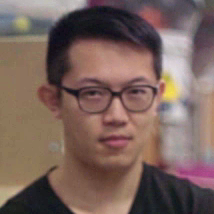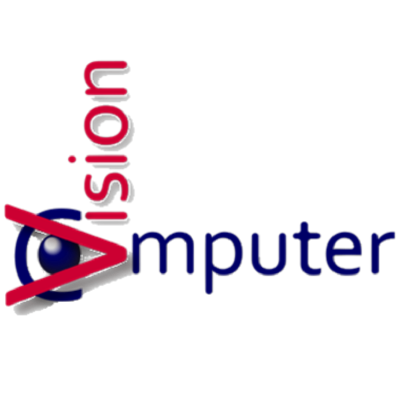Discover and explore top open-source AI tools and projects—updated daily.
align_sd by  tgxs002
tgxs002
Text-to-image research paper improving Stable Diffusion via human preference learning
Top 91.0% on SourcePulse
This repository provides code and models for aligning text-to-image generation with human preferences, addressing issues like artifacts and misinterpretations of user intent in models like Stable Diffusion. It's targeted at researchers and developers looking to improve image generation quality and user satisfaction.
How It Works
The project introduces a Human Preference Classifier (HPC) trained on human choices from Discord to predict which of two generated images better matches a given prompt. This classifier is then used to fine-tune Stable Diffusion, specifically through LoRA adapters, to align its output with these learned human preferences, resulting in higher quality and more intent-aligned images.
Quick Start & Requirements
- Inference:
python generate_images.py --unet_weight /path/to/checkpoint.bin --prompts /path/to/prompt_list.json --folder /path/to/output/folder - Prerequisites: Python, PyTorch, Diffusers, CLIP environment. Requires a downloaded HPC checkpoint (
.pth) and LoRA checkpoint. - Gradio Demo:
pip install -r gradio_requirements.txtthenpython app_gradio.py. - Training: Requires
requirements.txt, regularization images, andacceleratefor distributed training. - Links: Project page, Arxiv, Space demo
Highlighted Details
- Improves Stable Diffusion by learning from human preferences, reducing artifacts like "weird limbs."
- Offers a pre-trained Human Preference Classifier (HPC) and LoRA checkpoints for adapted Stable Diffusion models.
- Includes scripts for data processing, training, and inference, with a Gradio demo available.
- Training utilizes regularization images and a human preference dataset collected from Discord.
Maintenance & Community
The project is associated with ICCV 2023. Further community engagement details (Discord/Slack, roadmap) are not explicitly provided in the README.
Licensing & Compatibility
The repository does not explicitly state a license. The code appears to be compatible with standard Python environments and Hugging Face's Diffusers library.
Limitations & Caveats
The training script requires significant data preparation and configuration, including downloading large datasets and setting up distributed training via accelerate. The effectiveness of the negative prompt "Weird image." during inference is noted as a specific requirement.
2 years ago
Inactive

 FotographerAI
FotographerAI PRIV-Creation
PRIV-Creation ai-forever
ai-forever aigc-apps
aigc-apps victordibia
victordibia arpitbansal297
arpitbansal297 yuanzhi-zhu
yuanzhi-zhu Jack000
Jack000 yuval-alaluf
yuval-alaluf benrugg
benrugg n00mkrad
n00mkrad CompVis
CompVis